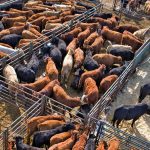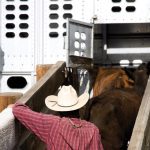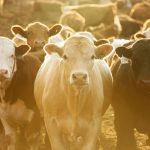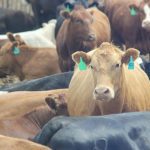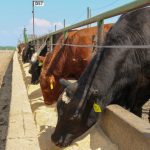Compared to last week, backgrounded yearlings traded $4-$8/cwt higher on average. Calves were quite variable with prices quoted from unchanged to as much as $10 higher. Overall, there appeared to be stronger buying interest this week across all weight categories.



